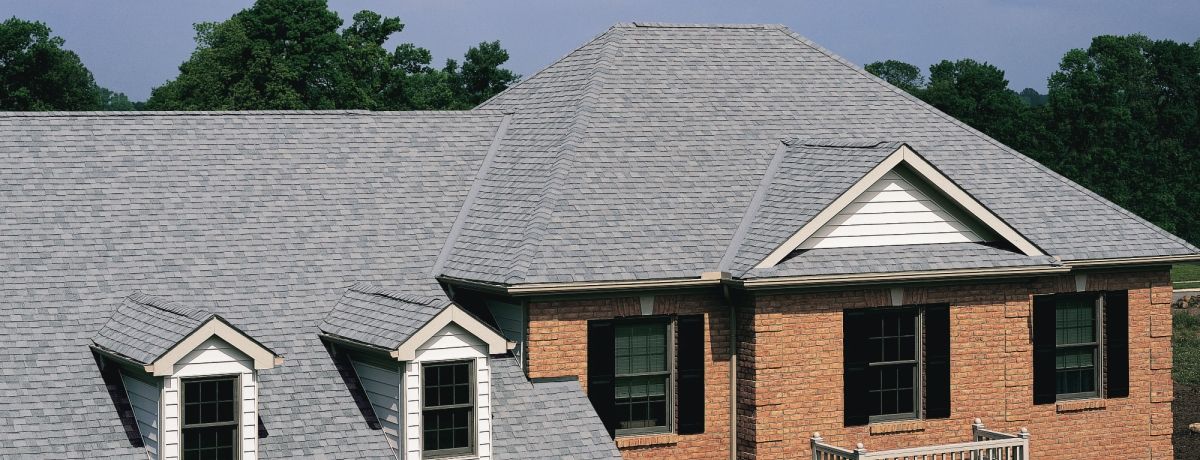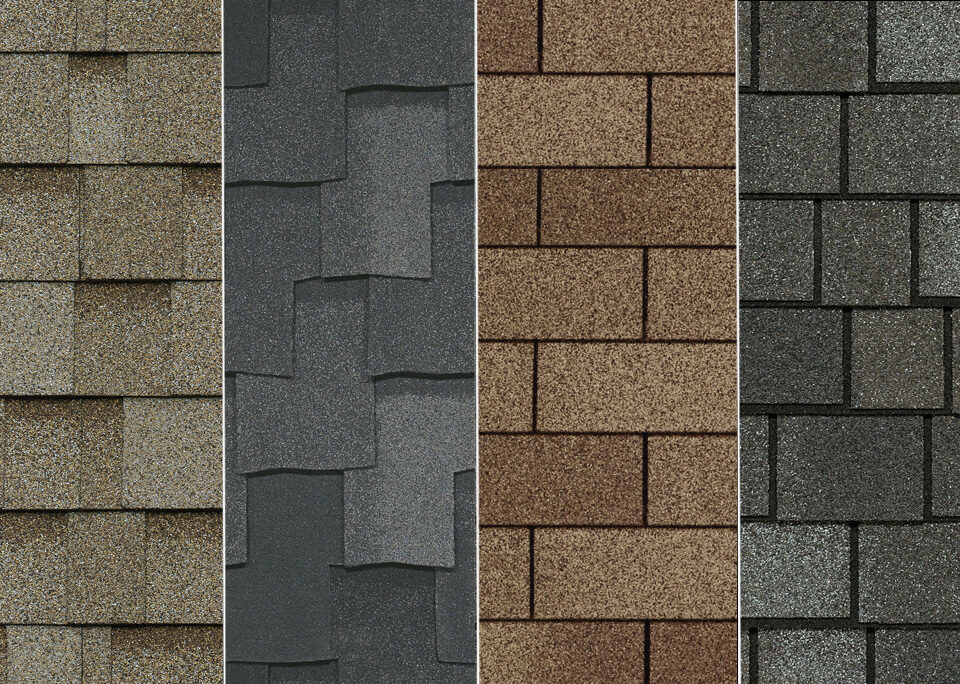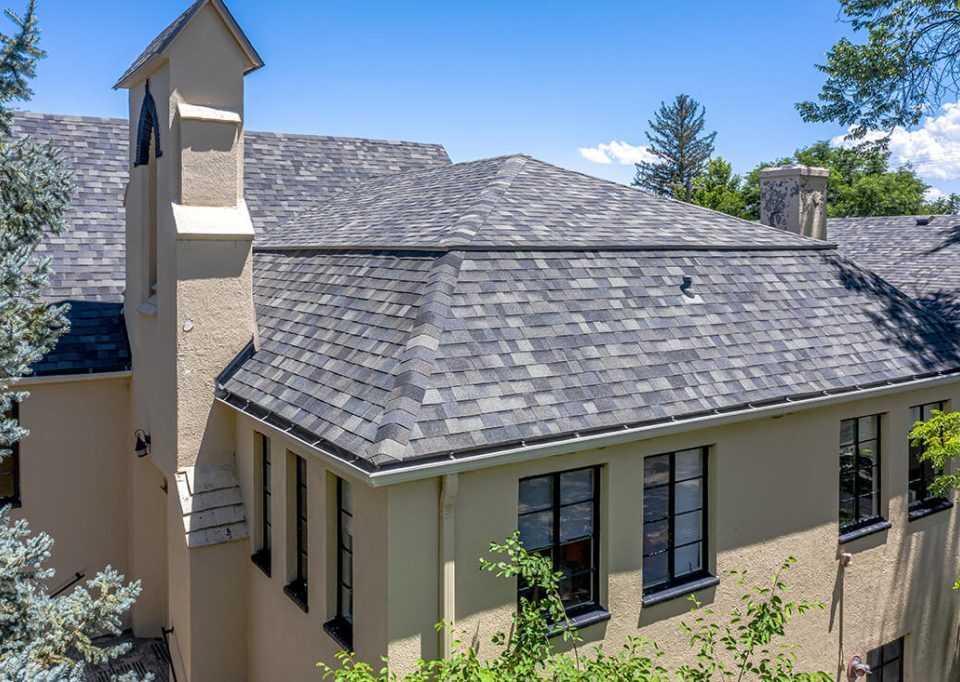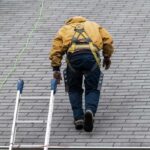
DIY Roof Inspection: Step-by-Step Guide for Homeowners
October 2, 2025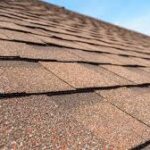
The Evolution of Asphalt Shingle Manufacturing: From Fiberglass to Recycled Materials
October 2, 2025With rising energy costs and growing awareness of sustainable living, homeowners are searching for roofing materials that not only protect their homes but also help cut down on utility expenses. One of the most effective solutions is solar-reflective asphalt shingles. These advanced shingles use reflective technology to minimize heat absorption, keeping homes cooler and reducing the strain on air conditioning systems. But how exactly do they work, and are they worth the investment? Let’s break it down.
What Are Solar-Reflective Asphalt Shingles?
Solar-reflective asphalt shingles are specially designed roofing materials that reflect more sunlight than traditional shingles. Instead of absorbing heat, they use cool roof technology to lower roof surface temperatures. This technology is often rated using the Solar Reflectance Index (SRI), which measures how well a surface reflects solar heat.
-
Traditional shingles: Absorb a large portion of the sun’s rays, increasing attic and indoor temperatures.
-
Solar-reflective shingles: Reflect a significant percentage of solar energy, keeping roof temperatures cooler by up to 20–30%.
How Do They Reduce Energy Bills?
1. Lower Cooling Costs
In summer months, traditional dark shingles can heat up to 150–180°F, which radiates into the attic and increases indoor temperatures. Solar-reflective shingles keep roof surfaces cooler, reducing the need for constant air conditioning. Homeowners can save 10–20% on cooling costs depending on climate and home size.
2. Reduced HVAC Strain
By maintaining lower roof and attic temperatures, these shingles reduce the workload on HVAC systems. This not only saves energy but also extends the lifespan of air conditioners and fans.
3. Year-Round Efficiency
While most effective in hot and sunny climates, reflective shingles also provide benefits in moderate regions by stabilizing indoor temperatures and reducing seasonal energy fluctuations.
Environmental Benefits
-
Lower Urban Heat Island Effect: By reflecting heat, these shingles help reduce citywide temperature increases caused by dark, heat-absorbing surfaces.
-
Decreased Carbon Emissions: Lower energy use means less demand on power plants, reducing greenhouse gas emissions.
-
Eco-Friendly Roofing Option: Many solar-reflective shingles are ENERGY STAR® rated, making them a certified sustainable choice.
Longevity and Roof Protection
Heat is one of the primary factors that shortens a roof’s lifespan. By reducing roof surface temperature, solar-reflective shingles minimize thermal expansion and contraction, helping shingles last longer. This means fewer replacements and long-term cost savings for homeowners.
Cost vs. Savings
Solar-reflective asphalt shingles may cost more upfront than standard shingles, but the return on investment (ROI) is significant:
-
Lower monthly energy bills
-
Extended roof lifespan
-
Potential rebates and incentives for using ENERGY STAR® certified materials
Over 10–15 years, many homeowners find the shingles pay for themselves through reduced utility costs and lower maintenance expenses.
Are Solar-Reflective Shingles Right for Your Home?
These shingles are ideal if you:
-
Live in a region with hot summers
-
Want to reduce your carbon footprint
-
Plan to stay in your home long-term
-
Are already considering a roof replacement
If your roof is due for replacement, upgrading to solar-reflective shingles is a smart move that blends durability, sustainability, and cost savings.
Conclusion
Solar-reflective asphalt shingles are more than just a roofing trend—they’re a smart, energy-saving solution for homeowners. By reflecting sunlight, reducing roof surface temperatures, and lowering cooling costs, they can help you save money while making your home more eco-friendly. Whether you live in a hot climate or simply want to future-proof your home, investing in solar-reflective shingles is a step toward lower energy bills and sustainable living.

